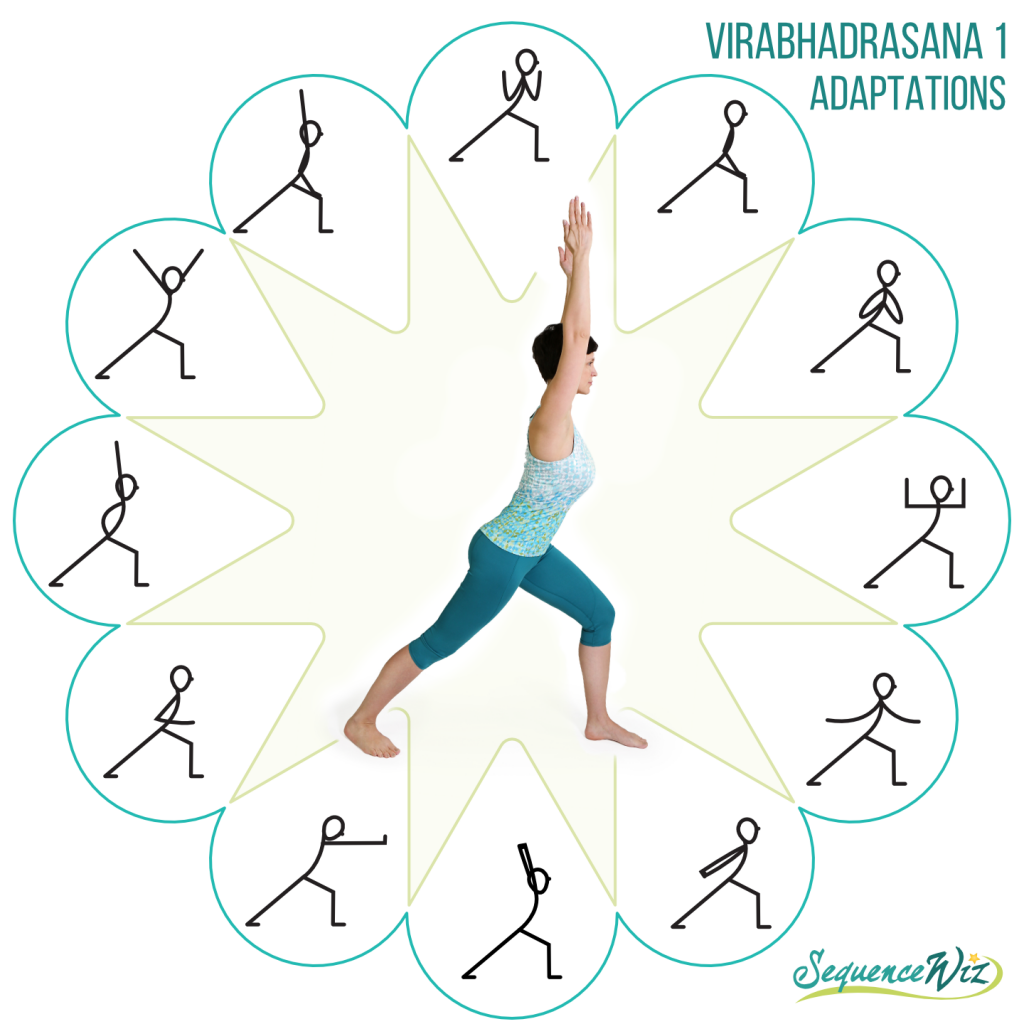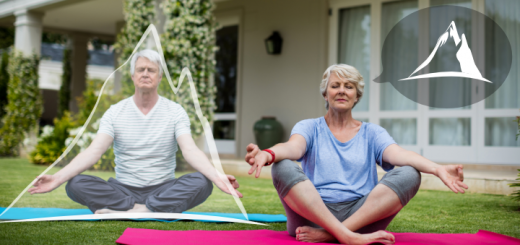How to challenge your brain’s predictions for better focus
9When I ask my son, who is six, how many times he had been outside during his school day, he often says: “I don’t know, 3 or 2 times.” My brain stumbles over it every time. I expect to hear “3 or 4 times”, or “2 or 3 times”, since this is how we usually say it – smaller number, then bigger number. It’s not that my way is correct and his isn’t, it’s just an example of how our brains like to predict things and end up a bit startled when those predictions end up incorrect.
Last week we discussed how prediction works in yoga classes and how tuning our predictions to our sensory input facilitates the learning process. However, sometimes it is useful to challenge our predictions. Once the students become comfortable with the teacher’s style and cues, they are more likely to go on autopilot and just breeze through the class on their predictions, while thinking about something totally unrelated. Yet one of the main goals of practicing yoga is to train our ability to maintain attention. So here are some simple things we can do to challenge students’ predictions (without irritating them :).
To challenge students’ predictions and get their attention we usually need to do one of two things: something new or something unexpected.
Something new
Aim to teach one new thing to your students in every yoga class. It can be a new yoga pose, a new type of breathing (for example, belly breathing), a new way of anchoring their attention (for example, bringing their attention to their feet in every other pose), or any other new idea, technique or a way of doing something. One new thing is usually enough. It works best if you introduce this new thing at the beginning of the class and then keep coming back to it throughout the class. It can become a class theme, or it can support a theme in some way.
Something unexpected
There are three easy ways to introduce an unexpected element into your yoga classes: changing your instructions, changing pose forms (pose adaptations) and changing class structure.
1. Change your instructions. Whether you like it or not, most of us have a predictable script in our heads for the most common poses that we often recite to get our students into those poses. Those scripts usually work well, but they do not get students’ attention because they have heard them many, many times. Sometimes you might choose to alter your instructions to get their attention and maybe discover something new about the pose. For example, this is how I usually teach Apanasana (Wind-release pose):
Transition down onto your back. Bend your knees one at a time and place your hands on your knees. Keep your arms extended. On the exhale gradually contract your abdomen and pull your thighs toward your chest. On the inhale move the thighs away, straightening the arms.
Those directions usually get the job done. But if I wanted to get their attention or emphasize some element of the pose (for example, connection between breath and movement), I could instead say something like this:
Transition down onto your back. Bend your knees one at a time and place your hands on your knees. Think of yourself as an air pump. On the inhale fill yourself up with air and as your exhale pump that air out by pulling your belly button in and pulling the knees in. On the next inhale move the knees away as if you are building suction to draw the air into your body and on the exhale pump the air out again.
The students will have a very different experience in this pose, even though they will be doing exactly the same action.
2. Use pose adaptations. Changing the positions of arms and/or legs in familiar poses is one of the easiest ways to get students’ attention and change the effect of the pose. If your students are used to keeping their feet hip distance apart in Cobra, have them move their feet wide apart and observe how that changes the effect of the pose. If they are used to bringing their arms up in Warrior 1, have them bend their elbows out to the sides and observe how that feels.
Of course, any pose adaptation must have a purpose, so it needs to fit organically into the rest of your class. You can even design an entire class based on a specific pose adaptation.
3. Change class structure. Your students become used to your particular class structure and come to expect it. You can challenge their predictions a bit by modifying it. If they are used to starting the class in a seated position – start standing instead; if they are used to doing a Sun Salutation or the Magic Three at the beginning – do something else. You can change the starting and ending points, class order, amount of time you spend on specific elements (like a proportion between asana, pranayama and meditation, for example), and so on. But of course, always do those structural changes for a reason. The class structure should support the intention that you set for your class.
Challenging students’ predictions helps keep their attention focused and gives them a different perspective on familiar things. It also makes your classes more fresh, engaging and fun. Just be sure that you implement those changes within a safe container – don’t change everything at the same time. As always, we are striving toward balance, in this case, between the familiar and unfamiliar. This is the best recipe for learning.
[jetpack_subscription_form]





















This is lovely Olga, thank you.
I love mixing it up a bit in class. I’ve found doing parsva uttanasana then opening arms on an inhale then exhaling up into warrior really interesting. My students like it too 💟
Some handy Ideas, thank you.
This is one of those “affirmation pieces” that a person needs to read/hear now and then. Your presentation of the ideas – organization and development of them – was, typically, wonderful! Thanks, Olga!
Thank you, Olga, for helping us to keep our classes fresh and engaging. I always look forward to your suggestions.
Could you please explain what you mean by “The Magic Three”, as I am not familiar with that term.?
Thank you Linda! “Magic three” is a term I use to describe three yoga poses that I often use for warm-ups and other purposes – Chakravakasana, Bhujangasana and Vajrasana. I wrote a blog about it here, if you are interested. I find that they work like magic! 🙂
Thank you for replying so quickly, Olga. 😊
I appreciate your quick reply, Olga. 😊
Muchas gracias Olga! Me ha encantado tu enfoque de porqué desafiar al cerebro. Es justo cómo yo también lo pienso. Me gusta mucho cuando mi maestro me sorprende y desafía mis predicciones. Es la mejor forma de mantener mi atención en la práctica.
¡Exactamente! El truco es hacerlo en la cantidad justa; si son demasiadas cosas impredecibles, el cerebro se frustra.